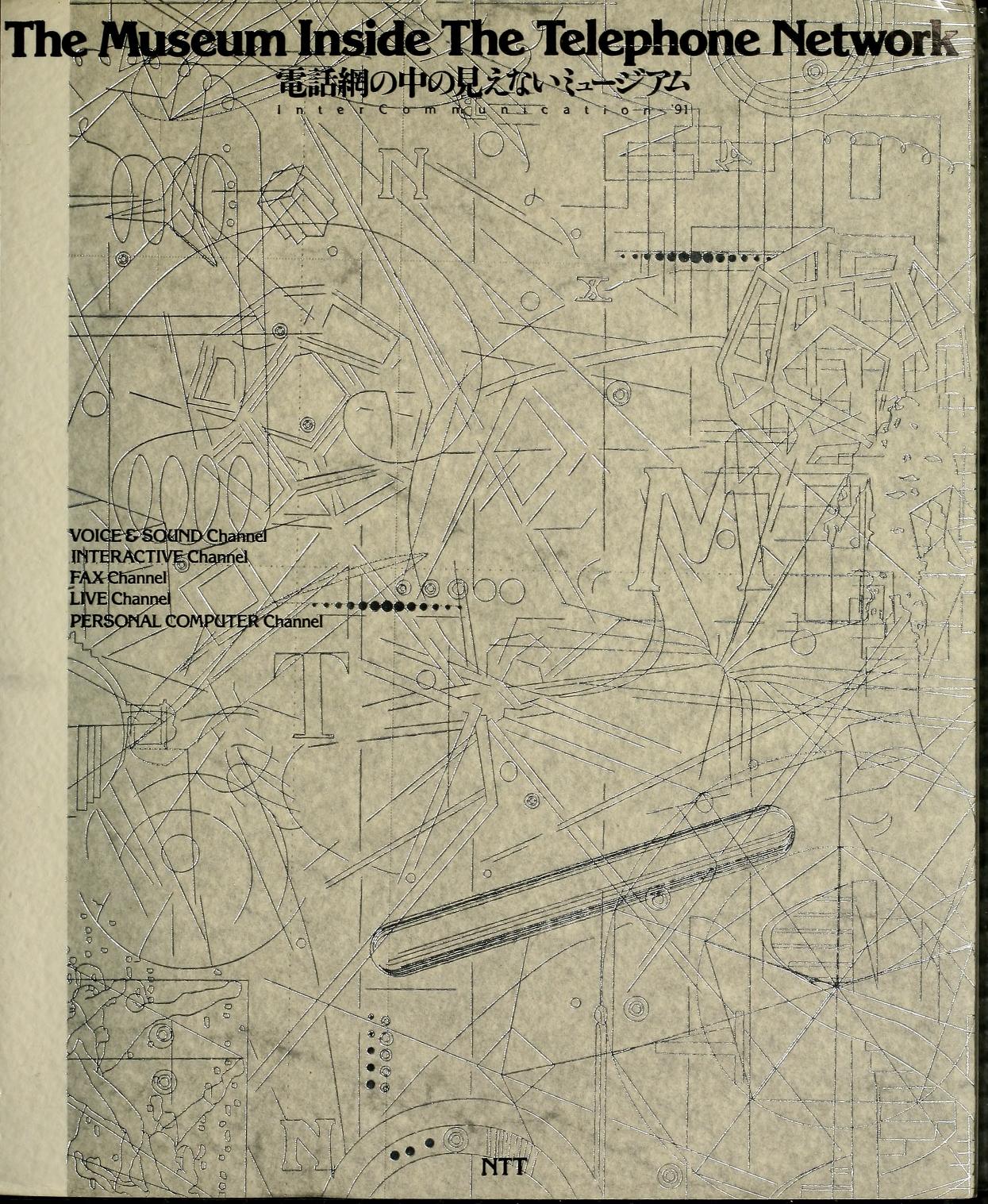Linda Dement: Cyberflesh Girlmonster (1995)
Filed under artist publishing, cd-rom | Tags: · body, cyberfeminism, electronic art, feminity, interactive art, multimedia

“At the Adelaide Festival 1994, about 30 women donated body parts by scanning their chosen flesh and digitally recording sound. From these, conglomerate bodies were created, animated and made interactive.
When a viewer clicks on one of these monsters, the words attached to that body part could be heard or seen, another monster may appear, a digital video could play, a story or biological information about the physical state described by the story, may be displayed.
Cyberflesh Girlmonster is a macabre comedy of monstrous femininity, of revenge, desire and violence.”
The .iso also contains Linda Dement‘s work Typhoid Mary.
Published in Sydney, 1995
via Sandra Fauconnier
Internet Archive (Mac CD-ROM ISO, PDFs)
Video emulation (8 min)
Booklet PDF
InterCommunication ’91: The Museum Inside the Telephone Network (1991) [Japanese/English]
Filed under catalogue | Tags: · art, communication, computer art, computer graphics, fax, interactive art, media art, sound art, telephone

The exhibition organised by the Project InterCommunication Center (ICC), founded by the Japanese telecom NTT, was a pioneering project investigating the implications of networked communication for the museum institution. The exhibition was only accessible to home users by means of the telephone, fax, and in a limited sense computer networking. It was meant as a model for a new kind of an “invisible” museum. Later it was followed up by another ICC exhibition The Museum Inside the Network (1995). The ICC opened its exhibition space in 1997.
The works and messages from almost 100 artists, writers, and cultural figures were available through five channels. The works in “Voice & sound channel” such as talks and readings on the theme of communication could be listened to by telephone. The “Interactive channel” offered participants to create musical tunes by pushing buttons on a telephone. Works of art, novels, comics and essays could be received at home through “Fax channel”. The “Live channel” offered artists’ live performances and telephone dialogues between invited intellectuals to be heard by telephone. Additionally, computer graphics works could be accessed by modem and downloaded to one’s personal computer screen for viewing.
Contributors include Laurie Anderson, J.G. Ballard, Christian Boltanski, Pierre Boulez, William S. Burroughs, Merce Cunningham, Daniel Buren, John Cage, Jacques Derrida, Allen Ginsberg, Philip Glass, Félix Guattari, Pontus Hultén, Derek Jarman, Jeff Koons, Daniel Libeskind, Jackson Mac Low, Judith Malina, Renzo Piano, Steve Reich, Ryuichi Sakamoto, Akira Sakata, Paul Virilio, Robert Wilson, Tadanori Yokoo, John Zorn, a.o.
Edited by Urban Design Research
Introduction by Akira Asada, Yutaka Hikosaka, and Toshiharu Itou
Publisher NTT, Tokyo, 1991
259 pages
PDF (76 MB)
PDF (hi-res, 235 MB)
Machiko Kusahara: Toward Digital Biodiversity: A View on Correlation of Digital Technology and Culture through Analysis of Media Art and Entertainment (2001)
Filed under thesis | Tags: · art, art history, artificial life, digital culture, interactive art, japan, media art, media culture, technology, telematics, telerobotics
This dissertation deals with the relationship between contemporary media art and digital technology. The main focus is on the analysis of the nature of interaction between art and technology. Through a series of case studies, various interactions are analyzed. This will be dealt with from a number of different perspectives, yet always within the context of media culture and society. The way media art and technology simultaneously both influence and are influenced by society and culture will be considered from the perspectives of art history, science, perception and media research. The ultimate goal of this research is to develop conceptual methods for a better understanding of the modalities of human-computer interaction.
Dissertation thesis
The University of Tokyo, January 2001
180 pages
PDF (single PDF)
Comment (0)
